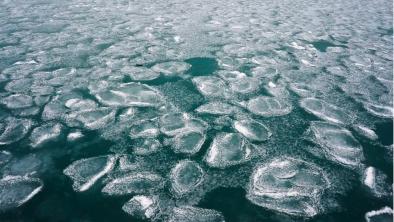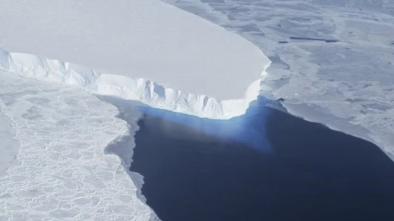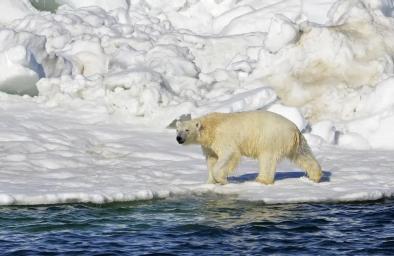Science Source
Spatio-Temporal Linkages between Declining Arctic Sea-Ice Extent and Increasing Wildfire Activity in the Western United States
- Examines relationships between monthly Arctic sea-ice extent (ASIE) and annual wildfire activity for seven regions in the western United States during 1980–2015 to determine if spatio-temporal linkages exist between ASIE, upper-level flow, and surface climatic conditions conducive to western U.S. wildfire activity
- Finds that winter ASIE had significant (p < 0.05) negative relationships with annual wildfire area burned (rs = −0.391 − −0.683), with the strongest relationship occurring in the Northern Rockies
- Explores the spatial linkages between ASIE and 300-hPa flow (+), temperature (+), precipitation (−), and soil moisture (+) using monthly values of ASIE and gridded values for the climatic parameters
- Finds that relationships were best expressed between January ASIE and conditions in the current-year July over the Pacific Northwest and Northern Rockies
- Finds that reduced wintertime ASIE is teleconnected with increased ridging in summertime 300-hPa flow over the western U.S., resulting in warmer and drier conditions during peak fire season
- Authors conclude stating these findings suggest that reductions in ASIE are one of the driving forces behind the increasing annual trend (>36,000 ha) in area burned in the western U.S. since 1980
Related Content
Science Source
| Nature
Regime shift in Arctic Ocean sea ice thickness
Headline

Feb 21, 2023 | Climate Nexus Hot News
Ice Absent From Great Lakes, New England
Headline

Feb 16, 2023 | Climate Nexus Hot News
Antarctic Sea Ice At Lowest Recorded Levels, Again; Thwaites Glacier's Weak Spots Getting Weaker
Headline

Jan 25, 2023 | Climate Nexus Hot News
Melting Sea Ice Could Increase Threatens Polar Bears, People


